Explore the grandeur of Minh Mang Tomb, a stunning imperial mausoleum in Hue, Vietnam. Immerse yourself in the architectural beauty and serene atmosphere of this historic site, reflecting the reign of Emperor Minh Mang.
List of Contents
- 1. Overview of Minh Mang Tomb
- 2. Location and Accessibility
- 3. Historical of Minh Mang Tomb
- 4. Architectural Overview
- 5. Detailed Architectural Features
- 6. Key Attractions within Minh Mang Tomb
- 7. Visitor Information
- 8. Additional Tips and Recommendations
- 9. Video about Minh Mang Tomb
- 10. Nearby Attractions
- 11. Conclusion
1. Overview of Minh Mang Tomb
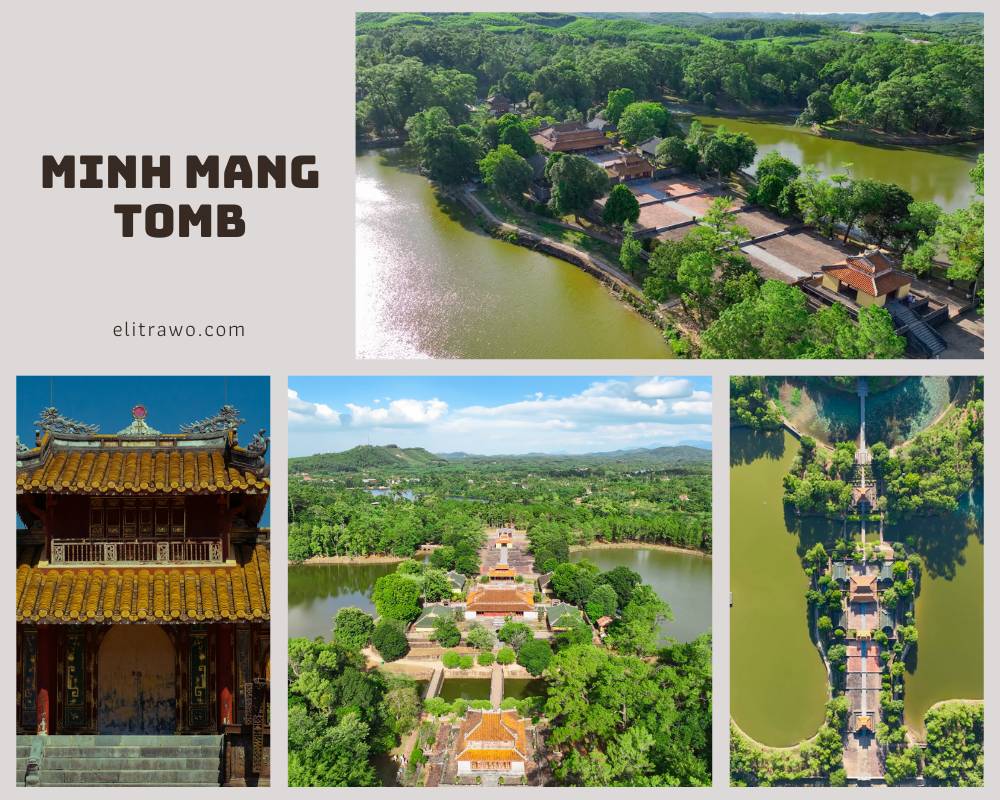
The imperial mausoleum of Minh Mang stands in Hue, Vietnam. It shows the splendor of the Nguyen Dynasty in the early 19th century.
The tomb honors Emperor Minh Mang. It reflects the ideas and beauty of his time.
2. Location and Accessibility

Minh Mang Tomb is situated in Huong Tho Commune, Huong Tra District, Thua Thien Hue Province, approximately 12 kilometers southwest of Hue's city center.
- By plane: The nearest international airport is in Da Nang. From there, visitors can take a taxi or a shuttle bus to Hue, which is about 100 kilometers away.
- By train: Travelers can take a train from either Hanoi or Ho Chi Minh City to Hue. The train station in Hue is centrally located, and from there, a taxi or local bus can transport visitors to the tomb.
- By bus: Buses from major cities such as Hanoi, Ho Chi Minh City, Da Nang, or Hoi An travel to Hue. Upon arrival at the Hue bus station, visitors can continue their journey to the tomb by taxi or local bus.
- By taxi or motorbike: Using National Road 1A, visitors can follow signposts directing them to Minh Mang Tomb.
- By boat: A scenic route is available from Hue city center, offering a unique perspective of the journey to the tomb.
Read more: How to Get Around in Hue
3. Historical of Minh Mang Tomb

Building began in 1840 under Emperor Minh Mang. He died in 1841. Emperor Thieu Tri finished it in 1843.
Minh Mang helped Vietnam greatly. He set up systems, built public works, and improved education. He supported art and buildings.
They showed the culture and look of his reign. The mausoleum is a grand tribute to him and Nguyen Dynasty architecture.
4. Architectural Overview
Minh Mang Tomb is an architectural marvel, sprawling over an area of more than 18 hectares. It is surrounded by lush green forests and hills, reflecting the grandeur of traditional Vietnamese architecture.
The tomb is meticulously designed with a symmetrical axis, symbolizing the harmony between man and nature, a central tenet of the Nguyen Dynasty's philosophy.
The complex is divided into three main areas:
- Honour Courtyard: The first area visitors encounter, showcasing a grand open space lined with impressive stone statues.
- Stele House: Located at the end of the Honour Courtyard, housing a significant stone tablet.
- Tomb Area: The heart of the complex, featuring the tomb of Emperor Minh Mang amidst a serene landscape.
5. Detailed Architectural Features
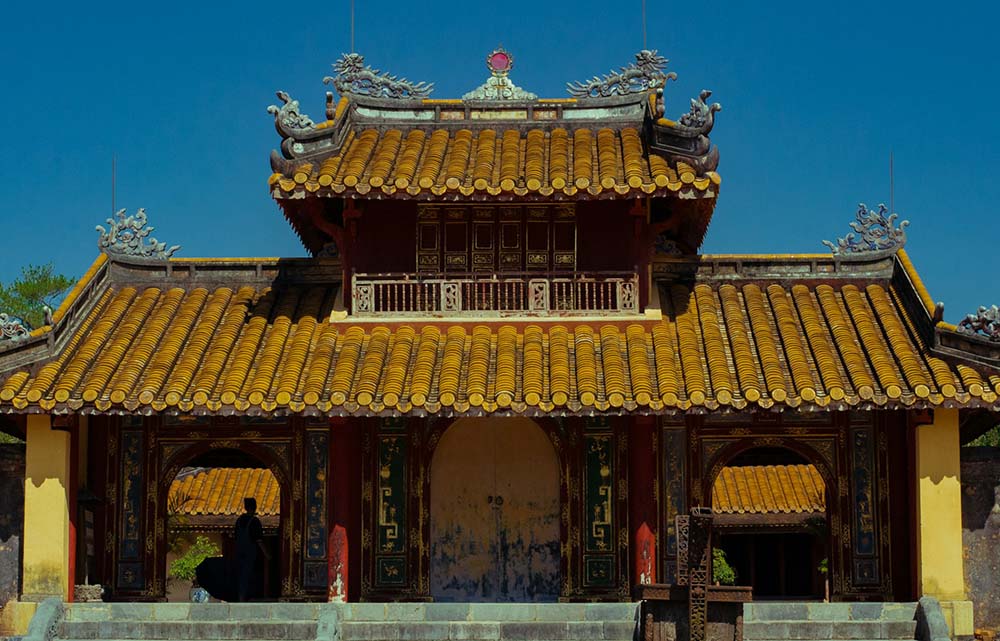
5.1. Honour Courtyard
The Honour Courtyard is a vast, open space that immediately captivates visitors with its grandeur.
This area is lined with 20 enormous stone statues representing mandarins, elephants, horses, and soldiers. These statues symbolize the power and authority of Emperor Minh Mang and serve as a tribute to his reign.
5.2. Stele House
The Stele House is a small yet significant structure within the tomb complex. It houses an inscribed stone tablet detailing the biography and achievements of Emperor Minh Mang.
This stele provides invaluable insights into the Emperor's life and the historical context of his reign, making it a crucial element of the tomb's cultural heritage.
5.3. Tomb Area
The Tomb Area holds Emperor Minh Mang's grave. Intricate buildings and structures surround the stone tomb adorned with detailed carvings and paintings. A lake adds peace. Gates, pavilions, and bridges connect to the Honour Courtyard and Stele House.
The symmetry of Minh Mang Tomb balances structures and nature. It shows the era's sophisticated aesthetics.
6. Key Attractions within Minh Mang Tomb
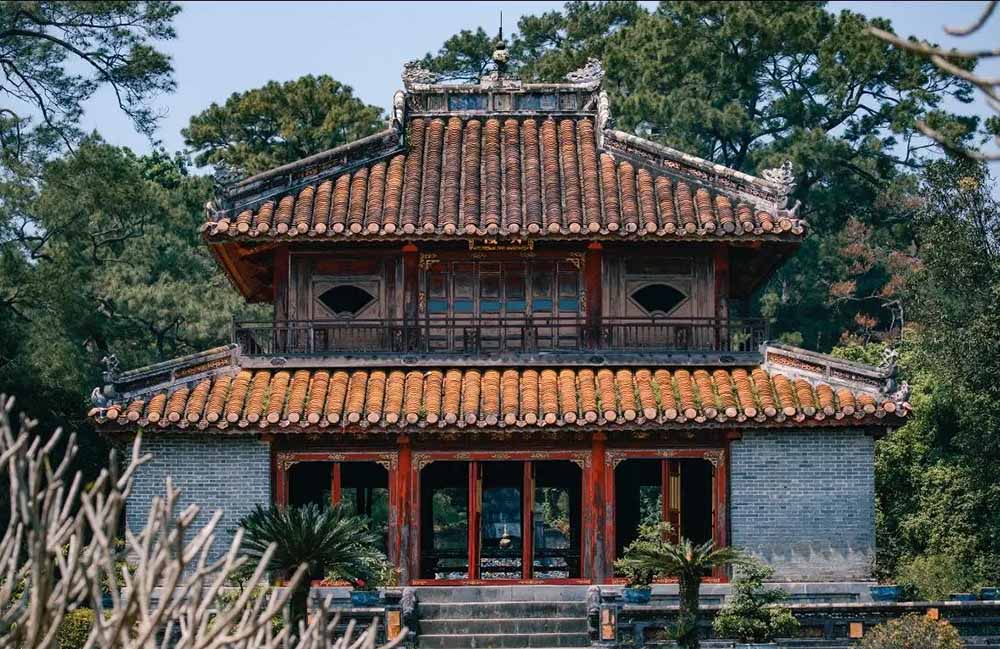
Minh Mang Tomb is home to several remarkable attractions, each contributing to the site's historical and cultural significance.
6.1. Dai Hong Mon Gate
The Dai Hong Mon Gate is the main entrance to the tomb complex. It is an impressive structure made of brick and stone, featuring a sloping tiled roof and intricate carvings of dragons and clouds. This gate sets the tone for the grandeur that awaits within the complex.
6.2. Bai Dinh Yard
Bai Dinh Yard is a large courtyard that connects Dai Hong Mon Gate to the Stele House. The courtyard is paved with large flagstones and lined with trees and plants. In the center of the courtyard stands a bronze cauldron, historically used for making offerings to Emperor Minh Mang.
6.3. Minh Lau Pavilion
The Minh Lau Pavilion is a three-story structure offering stunning views of the surrounding landscape. Located to the left of the tomb, visitors can climb to the top of the pavilion to appreciate the beautiful gardens, lakes, and forests that surround the mausoleum.
6.4. Hieu Duc Mon Gate and Sung An Palace
Hieu Duc Mon Gate is the entrance to the Tomb Area, leading to Sung An Palace. This palace, with its sloping tiled roof and intricate carvings, served as a residence and study area for the Emperor’s descendants. It is an essential part of the tomb complex, reflecting the imperial heritage.
6.5. Tan Nguyet Lake
Tan Nguyet Lake is a crescent-shaped body of water that surrounds the tomb of Emperor Minh Mang.
The lake's serene environment and clear waters contribute to the tranquil atmosphere of the tomb complex. Visitors can take a boat ride to view the tomb from a unique perspective.
6.6. Thong Minh Chinh Truc Bridge
The Thong Minh Chinh Truc Bridge is a beautiful wooden bridge crossing a small stream in the Tomb Area. The bridge is made of dark wood and adorned with intricate carvings of dragons and phoenixes, showcasing the detailed craftsmanship of the period.
6.7. Hien Duc Mon Gate
Hien Duc Mon Gate is the final gate leading to the tomb of Emperor Minh Mang. This gate, made of brick and stone, is decorated with carvings of dragons and phoenixes, symbolizing the Emperor's power and the celestial connection.
7. Visitor Information
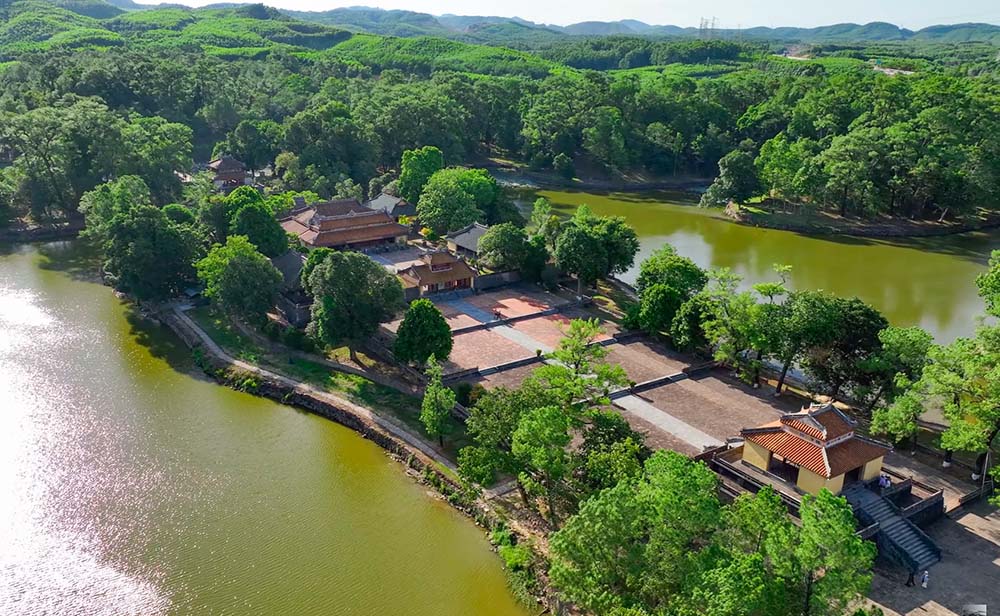
Minh Mang Tomb is open to visitors daily from 7:00 am to 5:00 pm.
- Entrance fees are 150,000 VND for adults and 30,000 VND for children.
- Dress code: Visitors should dress modestly and respectfully, covering shoulders and knees, to honor the cultural significance of the site.
- Recommendations for visiting:
- Bring plenty of water and sunscreen, as the weather can be hot and sunny.
- Wear comfortable, breathable shoes, as the tomb complex covers a large area and involves a lot of walking.
Visiting Minh Mang Tomb offers a deep insight into Vietnam's imperial history and architectural heritage. This site, with its majestic structures and serene environment, is a must-see for anyone interested in the rich cultural legacy of Vietnam.
8. Additional Tips and Recommendations
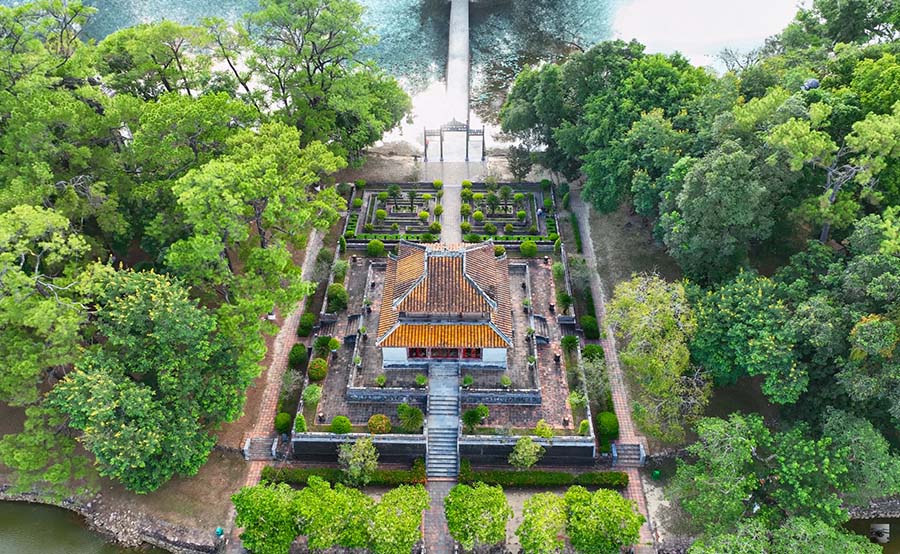
Visiting Minh Mang Tomb can be a highly enriching experience. To make the most of your visit, consider the following tips and recommendations:
- Best time to visit: The optimal time to visit is from January to February when the weather is cooler and more comfortable.
- Average visit duration: Plan to spend about 3-4 hours exploring the tomb complex to fully appreciate its beauty and historical significance.
- Areas with restricted photography: Be aware that certain areas within the tomb complex may have restrictions on photography. Always look for signs and follow the guidelines to respect the site's cultural and historical importance.
- Safety tips for families with children: Keep an eye on young children, especially near water bodies and elevated structures. Ensure they stay hydrated and wear hats or sunscreen to protect from the sun.
- Benefits of hiring a tour guide: Hiring a knowledgeable tour guide can greatly enhance your experience, providing deeper insights into the history, architecture, and cultural significance of Minh Mang Tomb.
9. Video about Minh Mang Tomb
10. Nearby Attractions
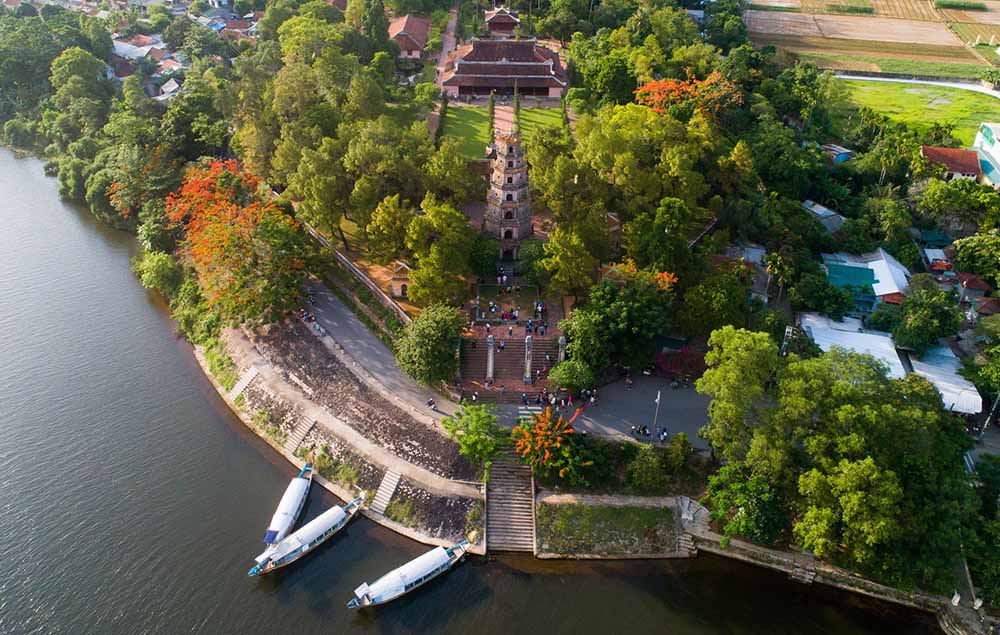
When visiting Minh Mang Tomb, consider exploring other nearby attractions to gain a more comprehensive understanding of Hue's rich heritage.
- Other royal tombs in Hue:
- Tu Duc Tomb: Another impressive imperial tomb, known for its poetic and picturesque setting.
- Khai Dinh Tomb: Famous for its unique blend of traditional Vietnamese and European architectural styles.
- Other tourist attractions in Hue:
- Perfume River: Take a boat ride on this iconic river to enjoy the scenic beauty of Hue.
- Trang Tien Bridge: A historical bridge that offers great views, especially at night when it is beautifully illuminated.
- Dong Ba Market: Experience the local culture and cuisine at this bustling market.
- Thien Mu Pagoda: A historic pagoda offering panoramic views of the Perfume River.
11. Conclusion
Minh Mang Tomb stands as a remarkable testament to Vietnam's imperial past, showcasing the grandeur and sophistication of the Nguyen Dynasty's architecture and cultural heritage.
With its stunning layout, intricate designs, and serene surroundings, the tomb provides a profound glimpse into the history and artistry of the period.
For a well-rounded experience, explore nearby royal tombs and other attractions in Hue, making your visit to this historic city both educational and memorable.
When visiting Minh Mang Tomb, immerse yourself in the rich history and culture of Hue. To enhance your journey, don't miss our comprehensive Hue Travel Guide. This guide covers everything you need to know for an unforgettable trip.
Additionally, explore our detailed list of Things to Do in Hue. From ancient landmarks to local cuisine, you'll find plenty of activities to make the most of your stay. Discover the best that Hue has to offer and plan your perfect itinerary today.

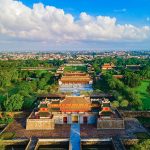
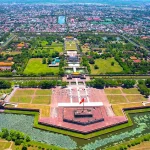

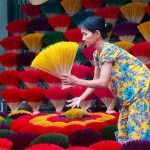


Good day! I simply want to give a huge thumbs up for the nice info you might have here on this post. I will probably be coming again to your blog for extra soon.